How to Cut Govee LED Lights and Connect Them Together?
LED light strips are one of the best and most fascinating ways to decorate and light up a room or a space. They offer nice, unintrusive, and pleasant light that’s perfect for accenting certain objects and areas without being too bright and unpleasant. They are affordable, easy to use, and are becoming more and more popular for good reasons.
However, many are unclear about things such as can you cut Govee LED strip lights, how to connect them together, and other such questions. The whole process is relatively simple but it can be daunting at first.
So, here’s our quick guide.
How to cut Govee LED lights?
LED light strips are meant to be cut into whatever length you want and Govee LED strips are made as easy to cut as possible. The trick is in knowing where to cut Govee LED lights. Each strip has specific cutting points between every two or three LEDs that are easily noticeable. The cut line will be surrounded by copper dots on each side. Here’s what you want to do:
- Decide what length you want for your strip and measure it. If you want to practice first, cut off a short strip to test on.
- Use sharp scissors or a sharp box cutter and cut the line between the copper dots as precisely as possible. You don’t want to cut the copper dots themselves as then the entire LED strip won’t be able to be powered.
And that’s it – there’s nothing more to it. Again, test on a short strip first if you’re not sure how sharp your scissors are or you’re worried that you’ll mess something up.
How to connect Govee lights together?
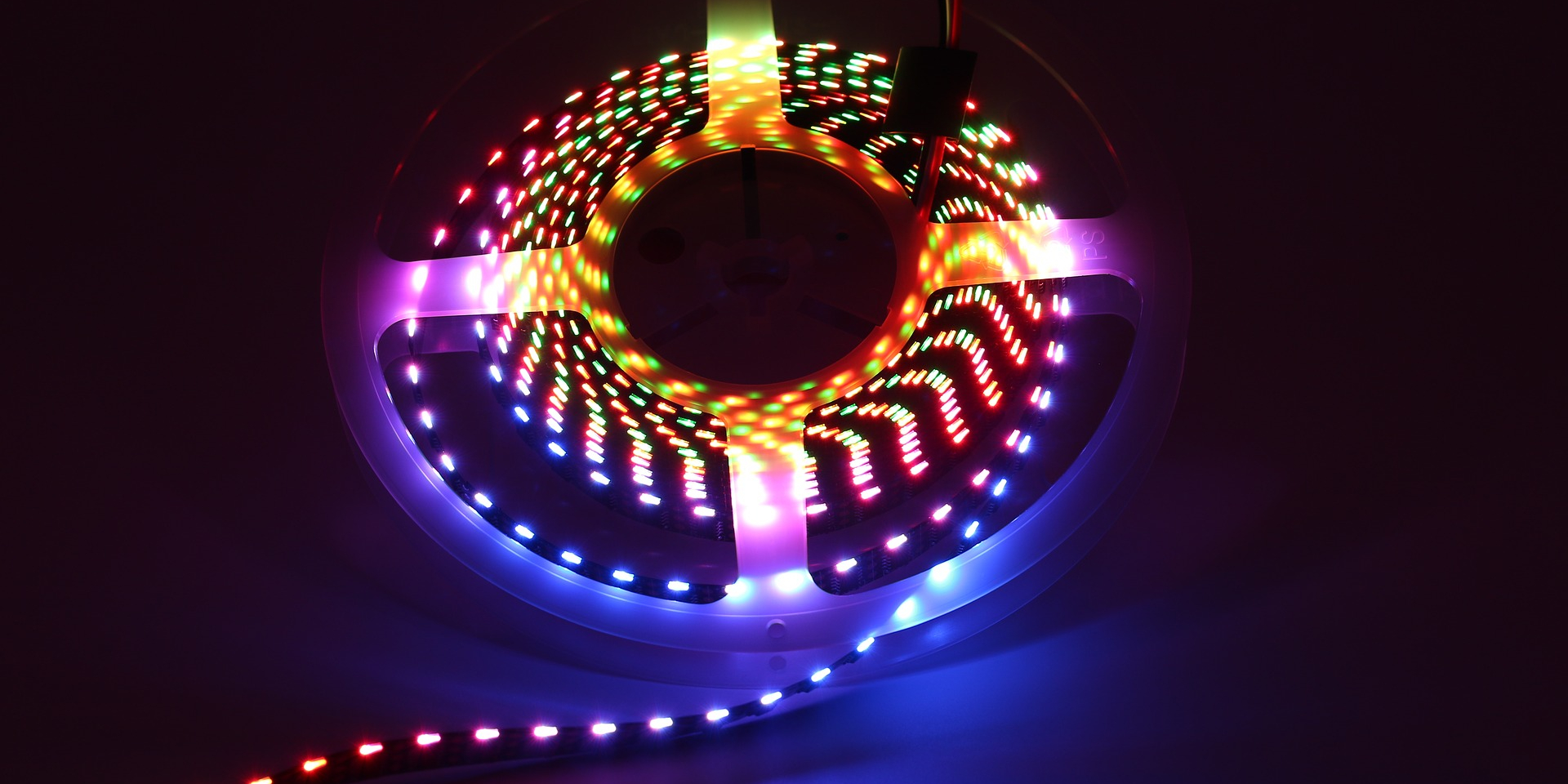
Now that you’ve got a LED lights strip of the appropriate length, it’s time to connect it to a power source and place it where you want it to be. This is the more complicated part of the process but it’s also very doable. There are two main ways to go about it.
Using a Quick connector
The easiest, simplest, and quickest way to go about it is to just use a quick connector. Quick connectors are simple devices that are sold at any hardware store, plus they can be bought together with your Govee or other LED lights. This is a very hassle-free way to connect the copper dots on the LED strips to the electrical circuit. Here’s what you’d do:
- Pull the plastic bar 1⁄8 in (0.32 cm) off of the quick connector. It’s usually black and it’s at the end of the connector. It’s delicate, so be careful and just pull it forward.
- Locate the + and – symbols on the back of the LED strip, on the other side of the copper dots. The connector should have two wires, one black and one red. Line up the black wire with the – (minus) sign and the red wire with the + sign.
- Peel away the LED’s adhesive backing 1⁄4 in (0.64 cm). Only pull it back enough to expose the copper dots/terminals for the connector. If there’s no adhesive backing but a plastic cover, use a box cutter to gently cut the plastic off the terminals.
- Plug the LED’s copper dots to the quick connector.
- Close the plastic bar of the LEDs back over the quick connector.
- Connect the quick connector’s wires with a power source with a terminal wire connector. If you don’t have one, you can get it from any hardware store. Match the black and red wires to the right slots on the terminal wire connector. Then, just turn the connector’s screws clockwise to screw the wires into place. Plug the whole thing into a power source and that’s it.
Soldering the LEDs together
If you don’t want to use a quick connector, you can try soldering the LEDs together. We recommend using a quick connector in virtually every situation but soldering can work as well – it’s doing the same thing, only without a quick connector. Here’s what to do:
- Remove the plastic cover or adhesive backing off the copper dots on the LED strips.
- Get a soldering iron from a hardware store and heat it up. Then, hold a metal solder wire over the LED strip’s copper terminals. Melt the solder wire with the soldering iron directly over the copper dots. You only want to melt enough of the wire to create small puddles of metal covering the copper dots on the LEDs.
- Get a plastic end cap from a hardware or home improvement store. Cut a small hole in it with a box cutter – small enough for a couple of wires.
- Cut the black and red wires to whatever length you need and pass them through the plastic end cap’s hole.
- Use wire strippers to strip half an inch (1.3 cm) off the wires’ ends. You can get wire strippers from any hardware store.
- Twist the end of each wire to wrangle the frayed strands together. Then use the soldering iron again to melt the solder onto the exposed wires.
- Matching the polarity of each wire (black with the – (minus) sign and red with the + sign) soldier the wires to the metal you’ve already soldiered over the copper terminals of the LEDs.
- Connect the wires to a power source. If you don’t want to use a terminal wire connector, you can twist the wire ends and cover them with shrink tube or use an end cap.
- Glue another plastic end cap over the connection between the wires and the LEDs to make it safe to the touch. You can use silicone glue for that, it won’t interfere with the electric connection.
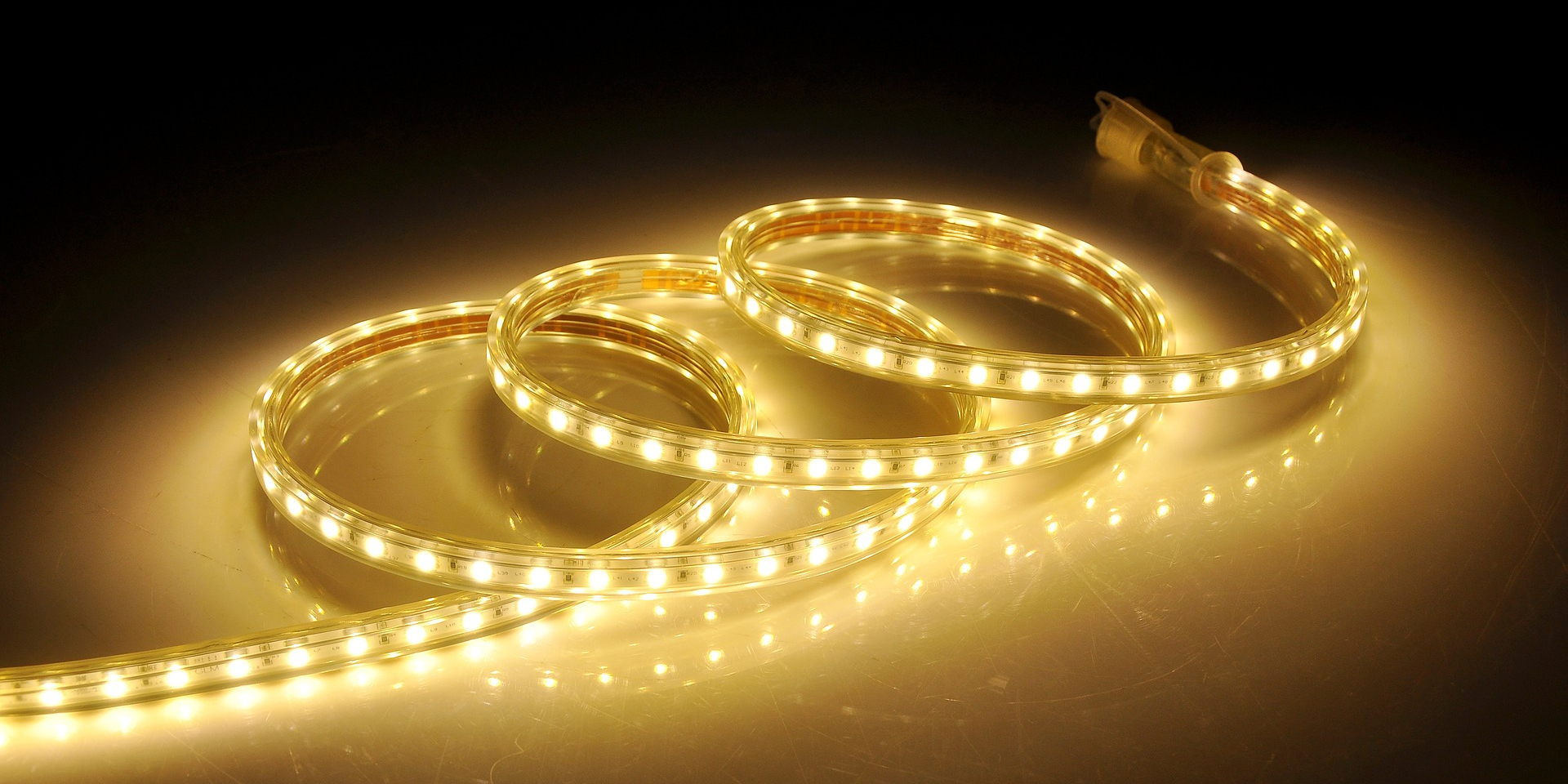 And that’s it. Test the lights, if they don’t light up you’ve likely connected the wires incorrectly. That’s unlikely, however, the more common problem is leaving exposed wires which can be dangerous so, always make sure you glue plastic end caps over every exposed wire connection.
And that’s it. Test the lights, if they don’t light up you’ve likely connected the wires incorrectly. That’s unlikely, however, the more common problem is leaving exposed wires which can be dangerous so, always make sure you glue plastic end caps over every exposed wire connection.
How to glue to separate LED light strips together?
This is done in the exact same two ways you’d connect a single light strip to a power source. You can either use quick connectors or a soldering iron. Instead of connecting the quick-connected or soldered strips to a power source, however, just use a second quick connector or a second soldering operation to connect the wires to another LEDs strip. That’s it. You can connect two or more Govee LED strips to one another and then just connect one of them to a power source – if every connection is well made, they should all light up perfectly.

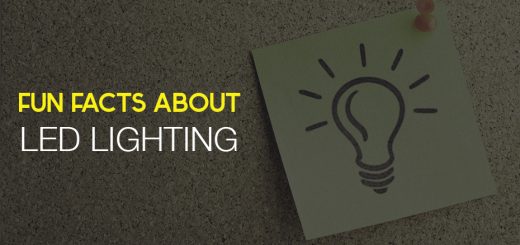
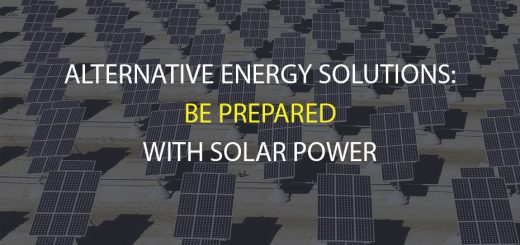
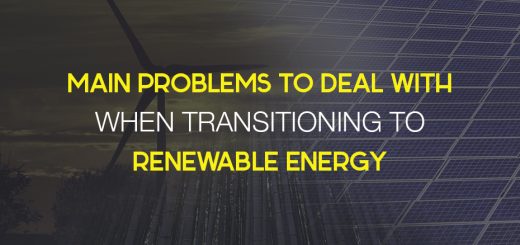
Hi, can this be done with the Govee Dreamcolour rbgic strips?
I’ve heard different opinions about these. Some people say they lose some functionality, while others have had luck. I haven’t had personal hands-on experience with this product, so it’s hard to give you definite advice.
Ian, have you had any luck? I have the same lights and want to put them together. Govee says no but comments online seem to be mixed.